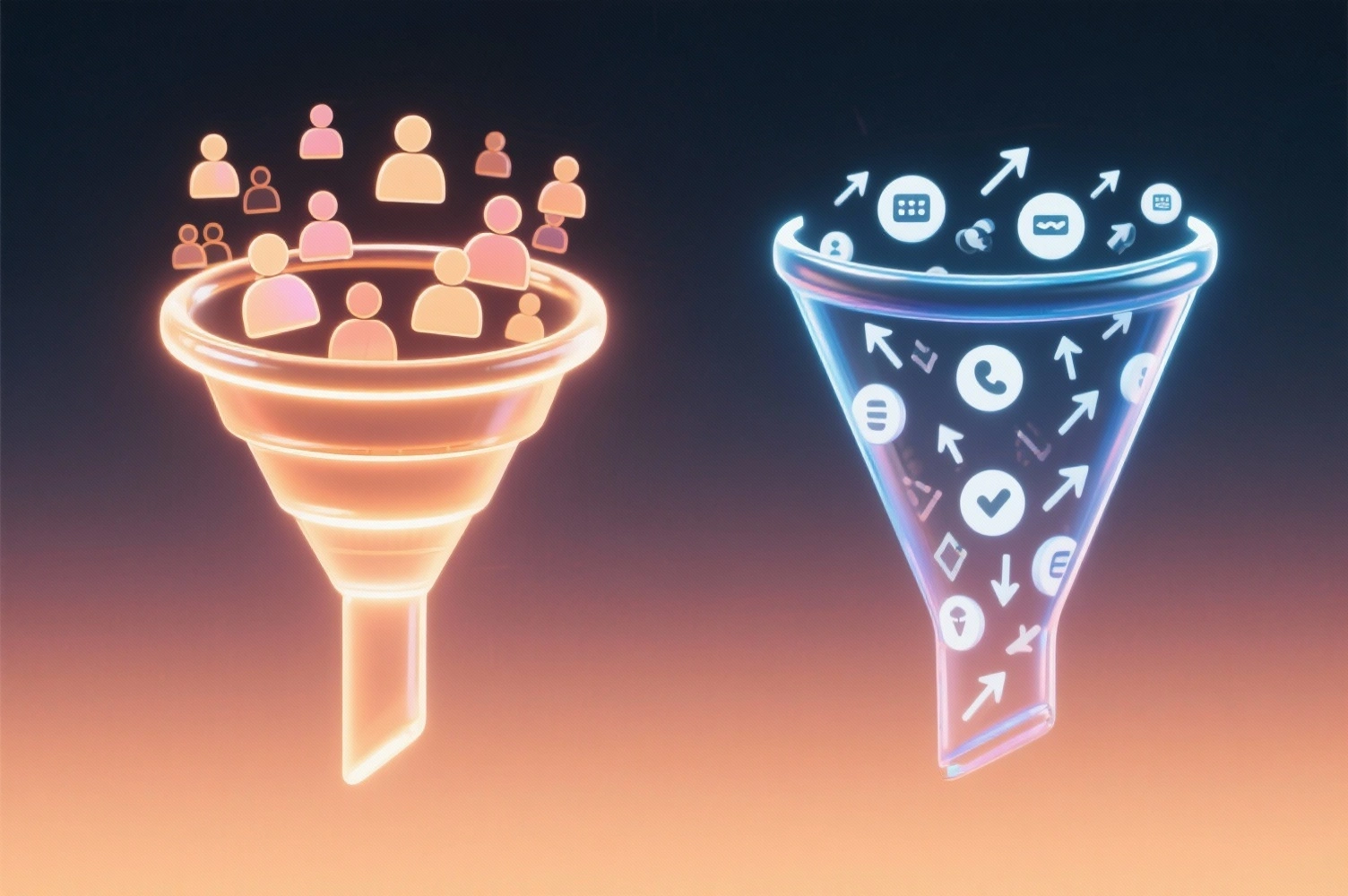

Demand Generation vs. Lead Generation – What’s the Difference and Why It Matters
In the fast-moving world of marketing, some terms sound so similar that people use them interchangeably. “Demand generation” and “lead generation” are two of the biggest culprits. Many marketers treat them as the same thing—but here’s the truth: they’re not.
Both are essential, but they play very different roles in building a brand and driving business growth. One creates interest and awareness. The other captures that interest and turns it into opportunities. When you mix them up, you waste time, effort, and marketing spend. When you understand how they work together, you unlock real, sustainable growth.
Let’s break it down in plain English.
What Is Demand Generation?
Think of demand generation as the spark that lights the fire. It’s all about building awareness and educating your audience long before they’re ready to buy.
Demand generation doesn’t ask people to “sign up now” or “book a demo.” Instead, it creates curiosity and trust. It helps your audience understand why they should care about your product in the first place.
For example, a company might share insightful blogs, videos, webinars, or social media stories that solve real problems for their audience. The goal isn’t an immediate sale—it’s to build credibility and make the brand memorable.
In short: Demand generation makes people want you.
What Is Lead Generation?
Now comes lead generation—the part where curiosity turns into action. Once your audience knows who you are and why you matter, lead generation captures that interest.
It’s the stage where someone fills out a form, downloads an eBook, signs up for a newsletter, or requests a demo. Here, you’re gathering contact information and beginning a relationship that sales teams can nurture.
If demand generation is the spark, lead generation is the fire you build from it.
In short: Lead generation helps you find who’s ready to buy.
Why the Confusion Happens
It’s easy to see why people mix these two up—both are part of the same customer journey. But confusing them leads to one big problem: brands that push for leads too early lose trust.
Imagine you’ve just heard about a company for the first time, and within seconds, they’re asking for your phone number or email. It feels pushy, right? That’s what happens when you skip demand generation and jump straight to lead generation.
Smart marketers know that before you can ask for a lead, you have to earn attention and trust.
How the Two Work Together
Here’s where the magic happens—demand generation and lead generation aren’t competitors; they’re teammates.
When you combine both, you get a complete system that fills your pipeline consistently while strengthening your brand over time.
For example, a B2B company might run an educational LinkedIn campaign (demand gen) to share insights about their industry. Later, they invite that same audience to a free product demo (lead gen). By then, the audience is already aware, interested, and more likely to say yes.
The Metrics That Matter
Many brands make the mistake of measuring success only through leads. But focusing only on numbers—without nurturing demand—creates shallow connections.
Demand generation success looks like:
Lead generation success looks like:
When you measure both sets of metrics together, you see the complete picture of brand health and revenue potential.
Why It Matters for Brand Growth
In today’s market, people are bombarded with ads every second. They don’t just buy because you exist—they buy because they trust you.
That’s why demand generation is the foundation. It’s what helps you stand out in a noisy digital world. And once you’ve earned attention, lead generation turns that awareness into opportunity.
A brand that invests in both creates a cycle of growth: awareness → interest → trust → action. That’s how strong, sustainable businesses are built.
Final Thoughts
The next time you plan a marketing campaign, remember this:
Both are vital. But if you want long-term brand value—not just a list of names—you have to start by sparking genuine demand.
If your brand is ready to turn awareness into action and curiosity into conversion, it’s time to rethink your marketing engine.
Let’s make your growth smarter, stronger, and more human—with The Blu Ideas, where creativity and strategy work hand in hand to build brands that last.